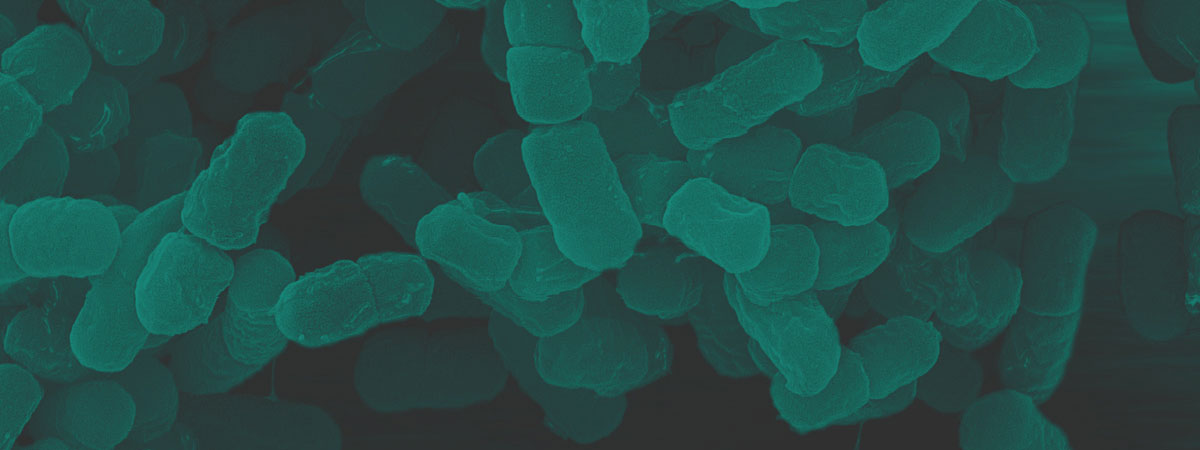Research Projects
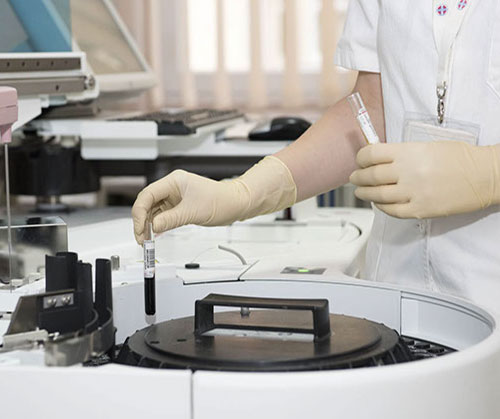
Micro and bio encapsulation of bioactive agents for their targeted and controlled delivery
To achieve a pH-responsive switchable on-demand release of nanoparticles (NPs) from intravaginal rings (IVR), a new pH-sensitive polyurethane (PU) bearing dimethylolpropionic acid (PEG-DMPA-HDI-PG) was synthesized to encapsulate NPs as a physically cross-linked hydrogel within a segmented reservoir-IVR.
We improved the electrospinability of an mcl-PHA poly (3-hydroxyoctanoate-co-3-hydroxyhexanoate) (PHOHHx) by blending with a scl-PHA poly (3-hydroxybutyrate-co-3-hydroxyvalerate) (PHBV25, with 25 mol% HV).
Antibiotic alternatives are in great need for combating antibiotic resistance. Selective delivery of a potent non-selective non-resistance-inducing biocide (C17) to MRSA was achieved by encapsulating it in solid lipid nanoparticles (SLNs) conjugated with a MRSA-specific antibody.
Recently, smart PUs have been actively researched to enhance bioactivity, biocompatibility, and reduce drug side effects. Although biodegradability is important in regenerative medicine, biostability of PU plays a key role for long-term implantable biomaterials. This article reviews recent publications of research and inventions of stimuli-responsive and biostable PUs. Applications of smart PUs in long-term implantable biomaterials are discussed and linked to the future outlook of smart biostable PU biomaterials.
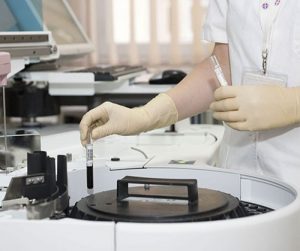
Micro and bio encapsulation of bioactive agents for their targeted and controlled delivery
To achieve a pH-responsive switchable on-demand release of nanoparticles (NPs) from intravaginal rings (IVR), a new pH-sensitive polyurethane (PU) bearing dimethylolpropionic acid (PEG-DMPA-HDI-PG) was synthesized to encapsulate NPs as a physically cross-linked hydrogel within a segmented reservoir-IVR.
We improved the electrospinability of an mcl-PHA poly (3-hydroxyoctanoate-co-3-hydroxyhexanoate) (PHOHHx) by blending with a scl-PHA poly (3-hydroxybutyrate-co-3-hydroxyvalerate) (PHBV25, with 25 mol% HV).
Antibiotic alternatives are in great need for combating antibiotic resistance. Selective delivery of a potent non-selective non-resistance-inducing biocide (C17) to MRSA was achieved by encapsulating it in solid lipid nanoparticles (SLNs) conjugated with a MRSA-specific antibody.
Recently, smart PUs have been actively researched to enhance bioactivity, biocompatibility, and reduce drug side effects. Although biodegradability is important in regenerative medicine, biostability of PU plays a key role for long-term implantable biomaterials. This article reviews recent publications of research and inventions of stimuli-responsive and biostable PUs. Applications of smart PUs in long-term implantable biomaterials are discussed and linked to the future outlook of smart biostable PU biomaterials.
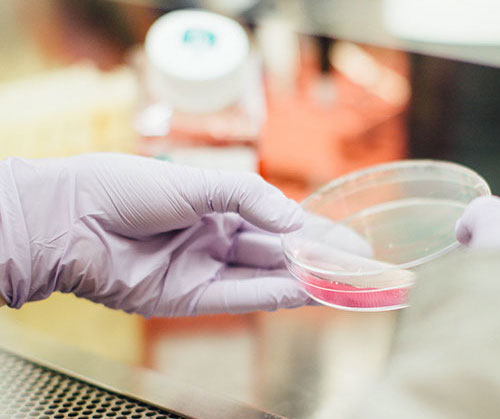
Development of new biocidal and bio active surfaces
Considering the rise of antibiotic resistance, the development of new antibacterial agents with
improved biocidal functions is urgently required. We previously reported that covalently joining an amide-based
N-chloramine with a quaternary ammonium compound (QAC) can yield a new composite biocide with faster inactivation of
various bacteria. Importantly, the composite biocide was found to reduce the risk for potential bacterial resistance
associated with QAC.
- Since 600 million people are affected by foodborne illnesses each year all around the world, food
safety has become an important issue. Stainless steel is widely used in the food industry, so it is pivotal to endow
stainless steel with potent rechargeable antibacterial function. we developed a rechargeable antibacterial coating
for stainless steel which can be effective in the presence of organic matter.
Polyhydroxyalkanoates (PHAs) have recently attracted significant attention in medical applications.
Electrospinning of short chain-length (scl-)PHAs has been extensively investigated, while medium chain length
(mcl-)PHAs are not suitable for electrospinning since they are elastomeric at room temperature. We improved the
electrospinability of an mcl-PHA poly (3-hydroxyoctanoate-co-3-hydroxyhexanoate) (PHOHHx) by blending with a scl-PHA
poly (3-hydroxybutyrate-co-3-hydroxyvalerate) (PHBV25, with 25 mol% HV). Morphology of electrospun PHBV25/PHOHHx
blends at various ratios was investigated. Effects of various processing parameters on nanofiber morphology were
investigated, such as solution concentration, feeding rate and applied voltage. Crystallinity, chemical structure,
and mechanical properties of the electrospun mats were also studied.
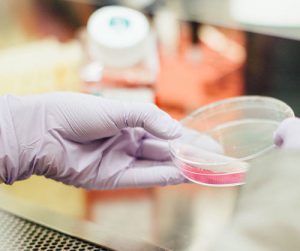
Development of new biocidal and bio active surfaces
Considering the rise of antibiotic resistance, the development of new antibacterial agents with
improved biocidal functions is urgently required. We previously reported that covalently joining an amide-based
N-chloramine with a quaternary ammonium compound (QAC) can yield a new composite biocide with faster inactivation of
various bacteria. Importantly, the composite biocide was found to reduce the risk for potential bacterial resistance
associated with QAC.
- Since 600 million people are affected by foodborne illnesses each year all around the world, food
safety has become an important issue. Stainless steel is widely used in the food industry, so it is pivotal to endow
stainless steel with potent rechargeable antibacterial function. we developed a rechargeable antibacterial coating
for stainless steel which can be effective in the presence of organic matter.
Polyhydroxyalkanoates (PHAs) have recently attracted significant attention in medical applications.
Electrospinning of short chain-length (scl-)PHAs has been extensively investigated, while medium chain length
(mcl-)PHAs are not suitable for electrospinning since they are elastomeric at room temperature. We improved the
electrospinability of an mcl-PHA poly (3-hydroxyoctanoate-co-3-hydroxyhexanoate) (PHOHHx) by blending with a scl-PHA
poly (3-hydroxybutyrate-co-3-hydroxyvalerate) (PHBV25, with 25 mol% HV). Morphology of electrospun PHBV25/PHOHHx
blends at various ratios was investigated. Effects of various processing parameters on nanofiber morphology were
investigated, such as solution concentration, feeding rate and applied voltage. Crystallinity, chemical structure,
and mechanical properties of the electrospun mats were also studied.
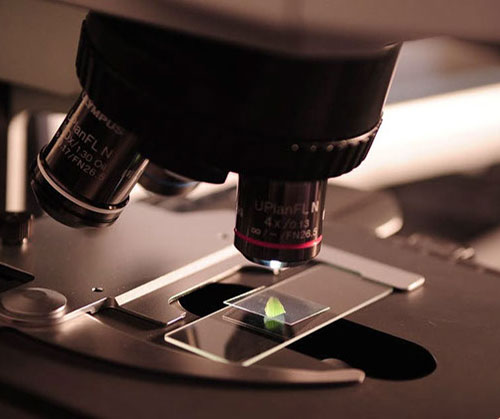
Surface Engineering Technique for Polymeric Surface
Biofunctionalization of poly(ethylene terephthalate) (PET) is crucial to its medical and biomedical
applications such as surgical drapes, vascular grafts and ligament prostheses. To furnish PET with an alkynyl
handle, N-(2-methylbut-3-yn-2-yl)acrylamide (MBAA) underwent photo-initiated copolymerization with
N,N-methylenebisacrylamide (MBA) in methanol-swollen PET surface to form a 3-dimensional interpenetrating network
(IPN). The alkynyl handle terminated surface was denoted as PMBAA-PET. A region-selective modification could be
achieved using an engraved mask during the photo-initiated copolymerization.
We previously reported that covalently joining an amide-based N-chloramine with a quaternary ammonium
compound (QAC) can yield a new composite biocide with faster inactivation of various bacteria. Importantly, the
composite biocide was found to reduce the risk for potential bacterial resistance associated with QAC. However,
similar to other N-chloramines and QACs, this high-performance composite biocide becomes less potent against
pathogenic bacteria in the presence of high protein fluids. In this study, we substituted the amide-based
N-chloramine moiety in the previously reported composite biocide with a secondary amine-based N-chloramine to
improve the biocidal efficacy in biological fluids. The N–Cl bond in the synthesized tetramethylpiperidine-based
composite biocides is more stable in a high protein medium (HPM) than that in the hydantoin (amide)-based composite
biocides. The composite biocide,
2-[4-(1-chloro-2,2,6,6-tetramethyl-piperidin-4-yloxymethyl)-[1,2,3]triazol-1-yl]-ethyl-dodecyl-dimethyl-ammonium
chloride (6a), showed the best antibacterial activity in both phosphate-buffered saline and HPM among various
composite biocides and benzyldodecyldimethylammonium chloride used in this study.
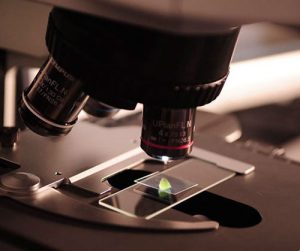
Surface Engineering Technique for Polymeric Surface
Biofunctionalization of poly(ethylene terephthalate) (PET) is crucial to its medical and biomedical
applications such as surgical drapes, vascular grafts and ligament prostheses. To furnish PET with an alkynyl
handle, N-(2-methylbut-3-yn-2-yl)acrylamide (MBAA) underwent photo-initiated copolymerization with
N,N-methylenebisacrylamide (MBA) in methanol-swollen PET surface to form a 3-dimensional interpenetrating network
(IPN). The alkynyl handle terminated surface was denoted as PMBAA-PET. A region-selective modification could be
achieved using an engraved mask during the photo-initiated copolymerization.
We previously reported that covalently joining an amide-based N-chloramine with a quaternary ammonium
compound (QAC) can yield a new composite biocide with faster inactivation of various bacteria. Importantly, the
composite biocide was found to reduce the risk for potential bacterial resistance associated with QAC. However,
similar to other N-chloramines and QACs, this high-performance composite biocide becomes less potent against
pathogenic bacteria in the presence of high protein fluids. In this study, we substituted the amide-based
N-chloramine moiety in the previously reported composite biocide with a secondary amine-based N-chloramine to
improve the biocidal efficacy in biological fluids. The N–Cl bond in the synthesized tetramethylpiperidine-based
composite biocides is more stable in a high protein medium (HPM) than that in the hydantoin (amide)-based composite
biocides. The composite biocide,
2-[4-(1-chloro-2,2,6,6-tetramethyl-piperidin-4-yloxymethyl)-[1,2,3]triazol-1-yl]-ethyl-dodecyl-dimethyl-ammonium
chloride (6a), showed the best antibacterial activity in both phosphate-buffered saline and HPM among various
composite biocides and benzyldodecyldimethylammonium chloride used in this study.
